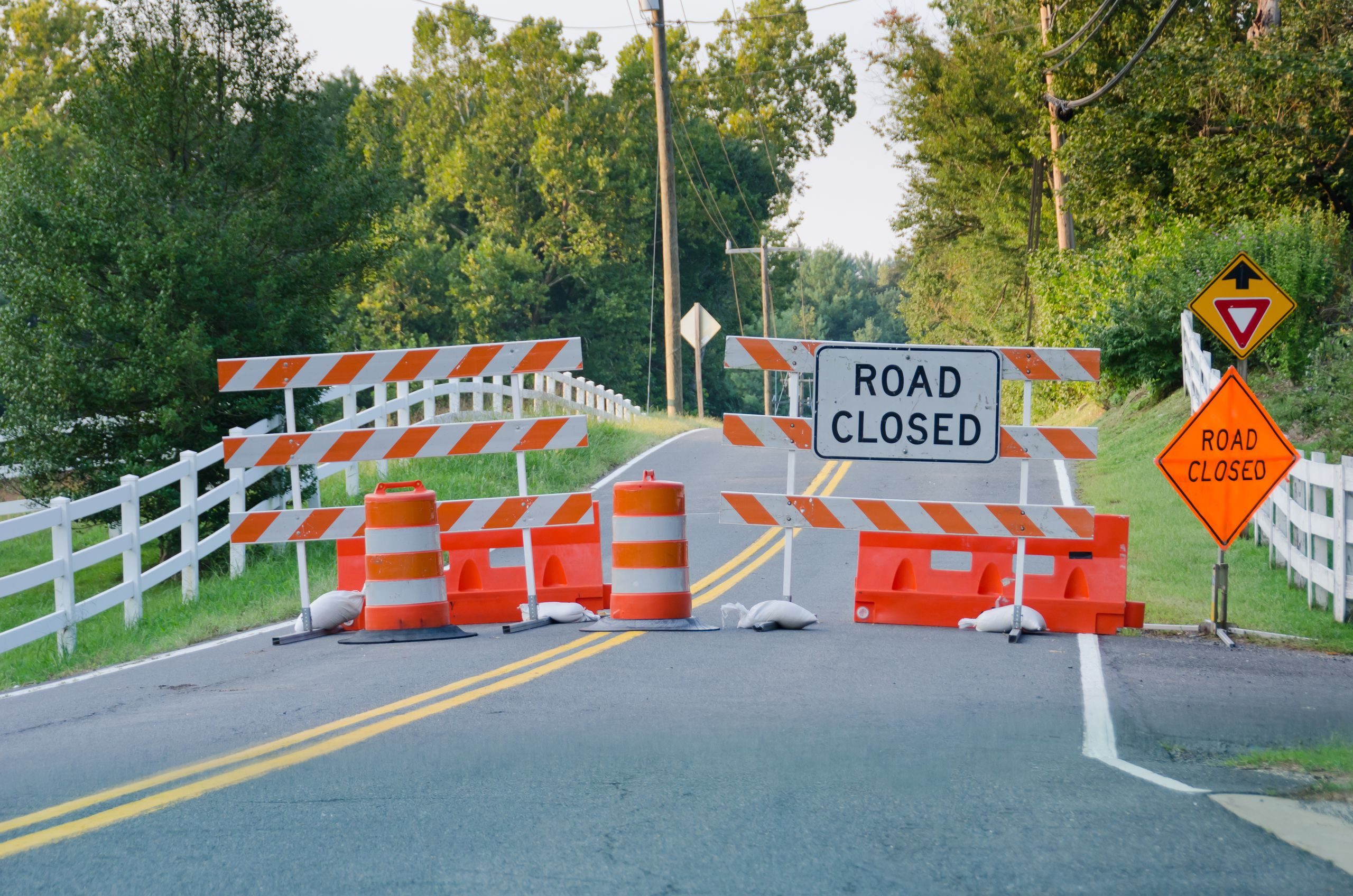Our people are our most valuable asset. We invest in our assets.
And we protect our assets.
We know what’s at stake. When our employees and trade contractors are sent out to our job sites, their families and friends depend on us to make sure their loved ones return home safely.
It’s a big task. But we’re up for the challenge.
Here, “incident-free” safety isn’t just a matter of compliance. It’s a culture, one that’s inspired from the top down.
Here’s how we do it.
Ongoing OSHA Training and Task Specific Training
All trade contractor superintendents, supervisors and site personnel receive a 10-hour and 30-hour OSHA training. OSHA training remains ongoing throughout employment. We utilize the training process not only for the safety of our employees, but also for career development in skilled tasks.
Evolving Corporate Policies
Mandatory in-house safety training is compulsory for all company personnel in each field and the office. Programs include corporate and site-specific safety plans, one-call training and a drug and alcohol behavioral policy program.
Use of Technology’s Best Safety Equipment
Our on-site safety teams are equipped with the latest intuitive safety applications to conduct safety audits, monitor noise levels, check heat index values and observe the weather.
Routine Daily Job Safety Analysis (JSA’s)
Besides reducing injuries and illnesses, our company’s JSAs and risk management process help decrease worker compensation costs while boosting employee productivity—all by thinking ahead to define and control hazards associated with a specific process, job or procedure.
Continuous Site Inspections
Routine inspections ensure workflow is planned according to local, state and federal requirements. Regular reviews by management, external safety audits, in-house safety officers and insurance company audits are necessary to meet industry standards for accuracy, quality and efficiency.
Open Communication
Communication can make or break any project. Without it, projects get off track, promises are broken and safety is compromised. Open communication and defining key roles via toolbox talks, incident debriefs and continuous safety dialogue keeps everyone on the same page, with projects on track and safety top of mind.

